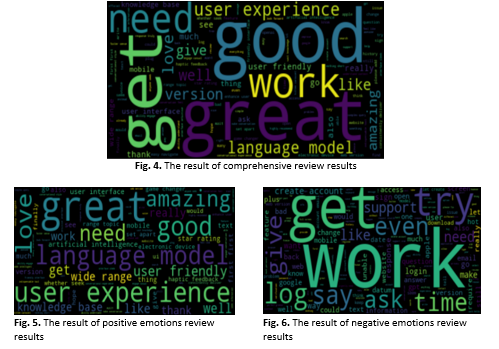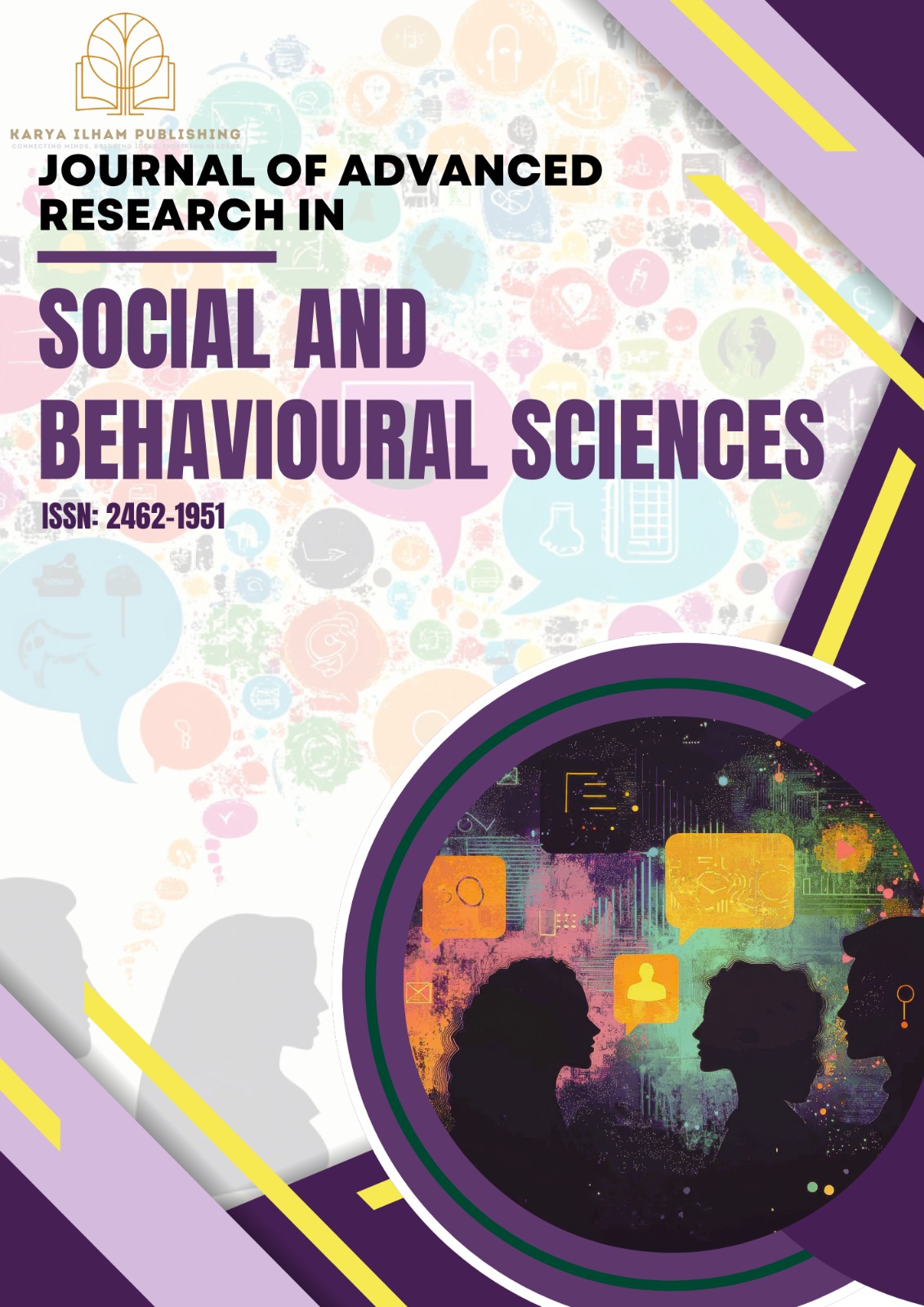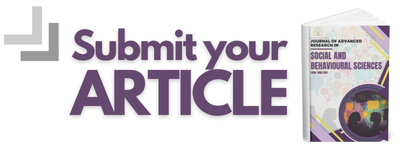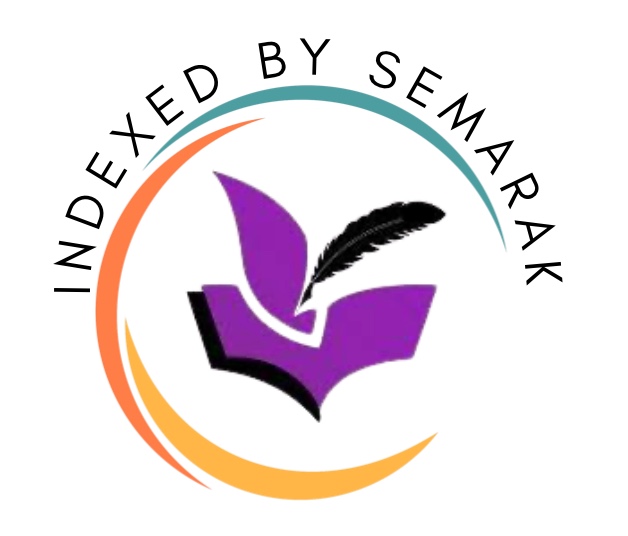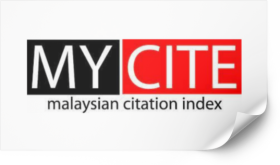Optimizing ChatGPT Interactions through Understanding User Preferences and Emotions by Machine Learning and User Profiling
DOI:
https://doi.org/10.37934/jarsbs.39.1.179189Keywords:
ChatGPT, user emotions, Word Cloud, user profiling, Random Forest, XGBoost, Multinomial Naive Bayes, Logistic Regression, K-meansAbstract
The exploration of the unknown by people has spurred ChatGPT's evolution. However, since users' expressions are usually vague and inaccurate, ChatGPT also overlooks the heterogeneity of users, resulting in users being dissatisfied with ChatGPT's responses. Counting dissatisfied user segments and increasing satisfaction involves employing machine learning and User Profiling. The design and implementation of the whole experiment mainly include the collection, storage and processing of users and review data. using Word Cloud and machine learning algorithms for feature selection and analysis to obtain feature importance. In addition to applying the clustering method to identify different user groups of ChatGPT. Among them, dynamic real-time data collection is mainly done using the distributed message queue Kafka, persistent storage of data is achieved by the log collection tool Flume, and data processing using real-time computation and low-latency streaming computation is mainly done by the distributed computing engine Flink. It turned out that the term user experience was the most important feature to improve user satisfaction, and that the target group of ChatGPT that demanded to improve user satisfaction was the group of users with high demand and low satisfaction. These steps are validated to be essential for improving response speed, aiding prompt engineers to deal with issues, and ensuring the sustained growth and maximum benefits of ChatGPT.
